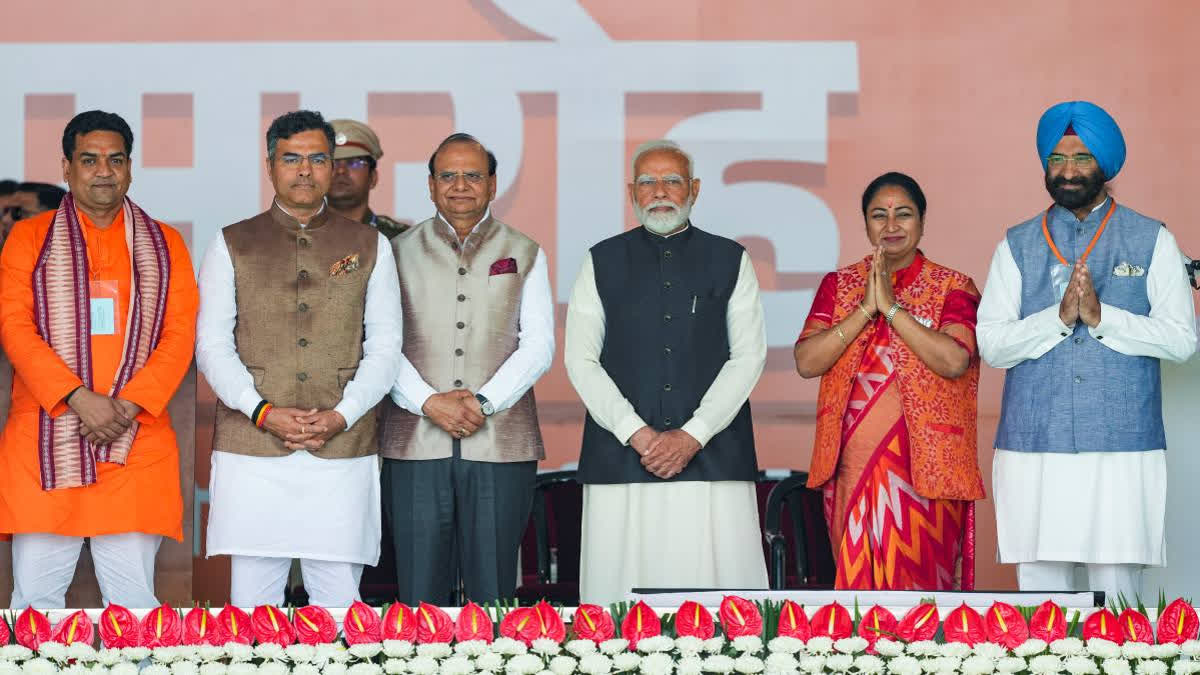New Delhi: The Bharatiya Janata Party (BJP) has carefully balanced caste and regional representation in its cabinet formation in Delhi. After a 27-year gap, the saffron has returned to power in the national capital, and its political strategy reflects a keen understanding of the mega city's diverse social fabric. By ensuring representation from all major communities, the BJP has fortified its position in the region.
A notable decision in the cabinet formation was making Rekha Gupta, a member of the Vaishya community, the Chief Minister. This move aims to please the business class, traditionally aligned with the BJP, and bolster the party's traditional vote bank. Additionally, elevating a woman to such a prominent position is expected to draw more women voters towards the party.
The BJP also targeted the Jat and Gurjar communities, which have substantial representation in Delhi's rural outskirts. To appeal to this demographic, the BJP appointed Parvesh Verma, a political figure with a strong hold over the Jat community. Verma, who defeated AAM Aadmi Party (AAP) national convener Arvind Kejriwal from the New Delhi constituency, is seen as an influential voice in BJP's outreach to this group.
